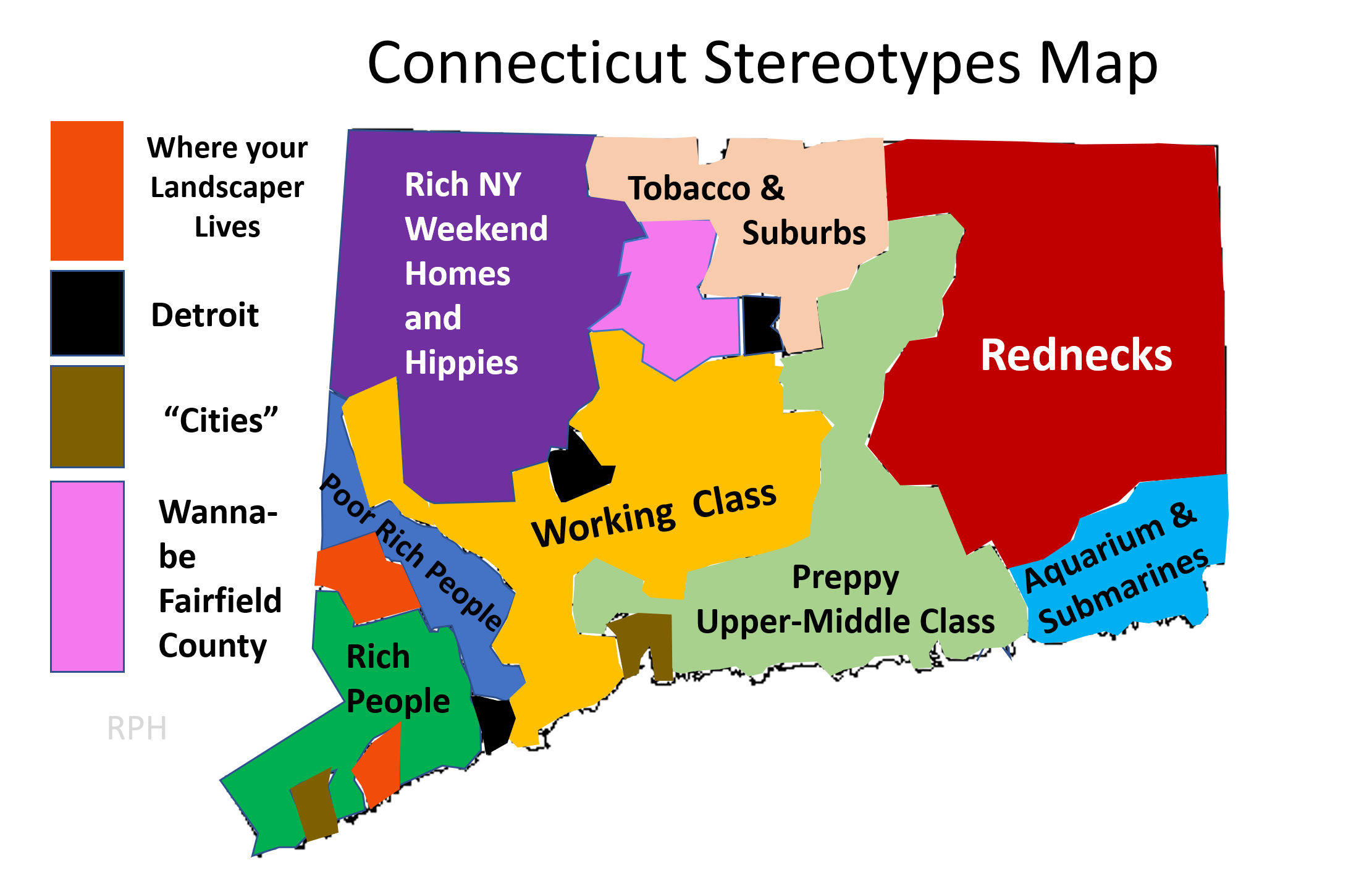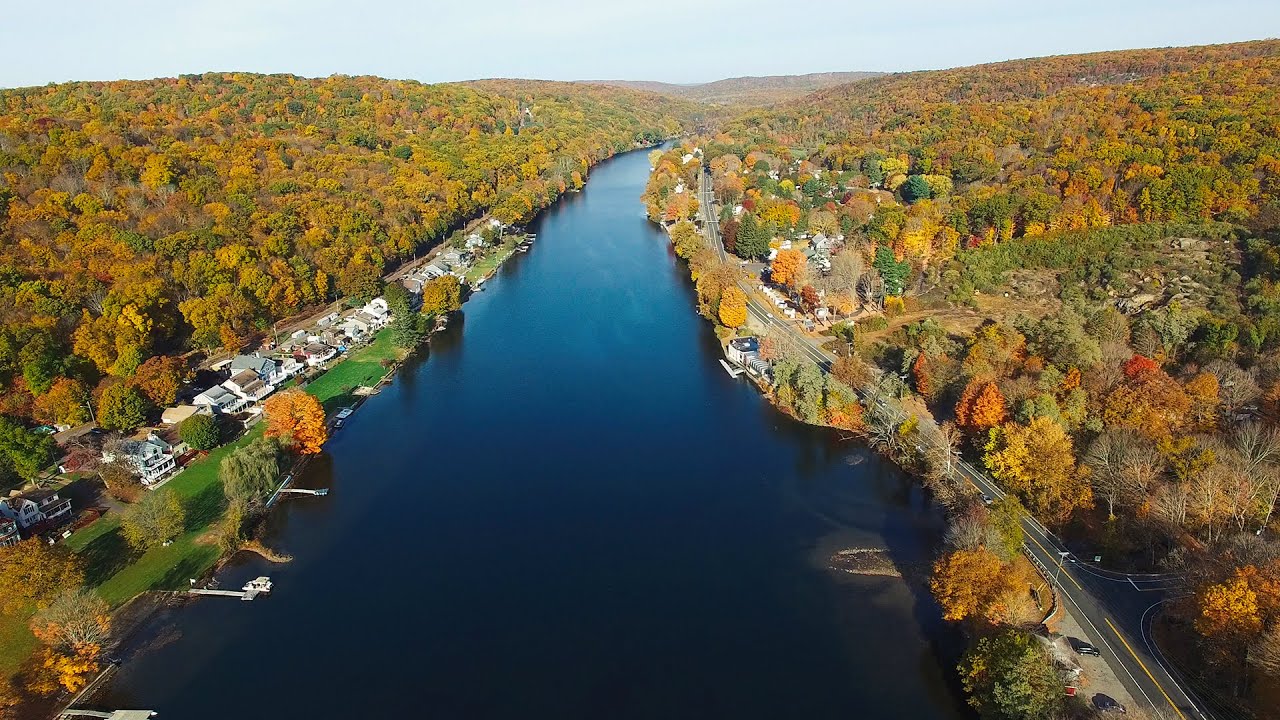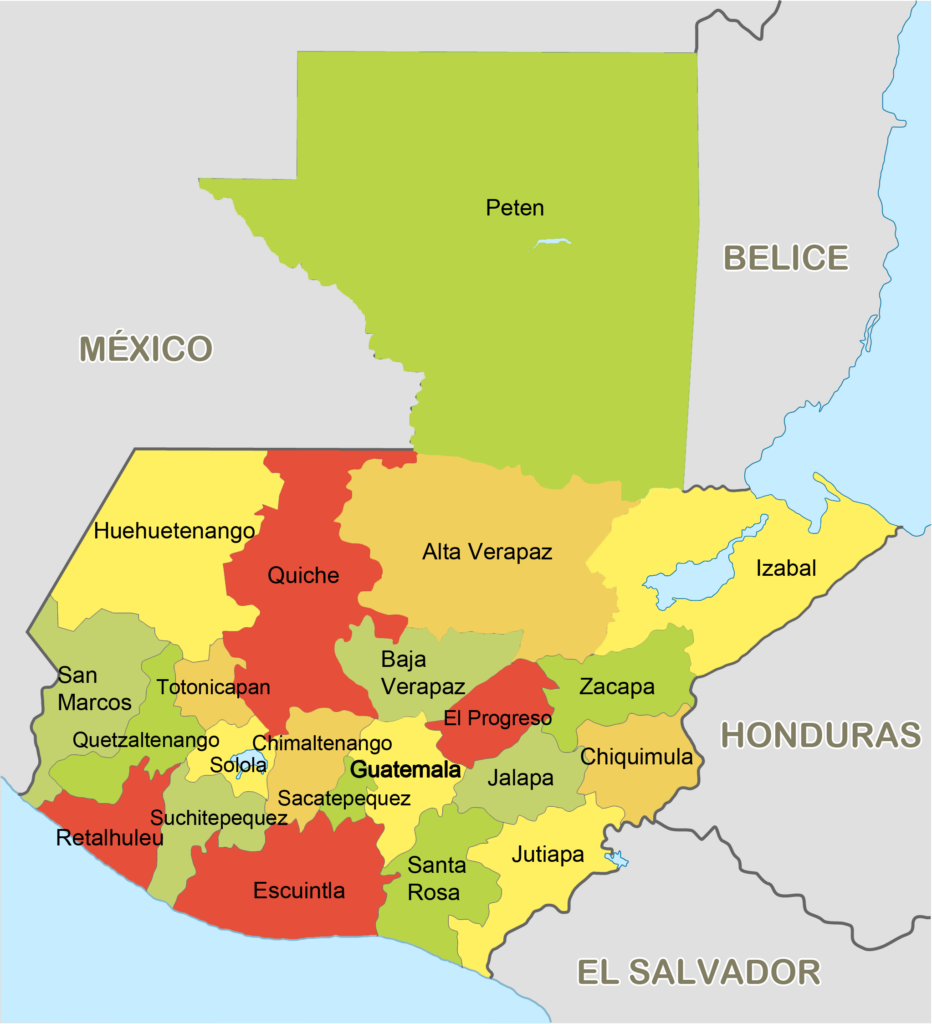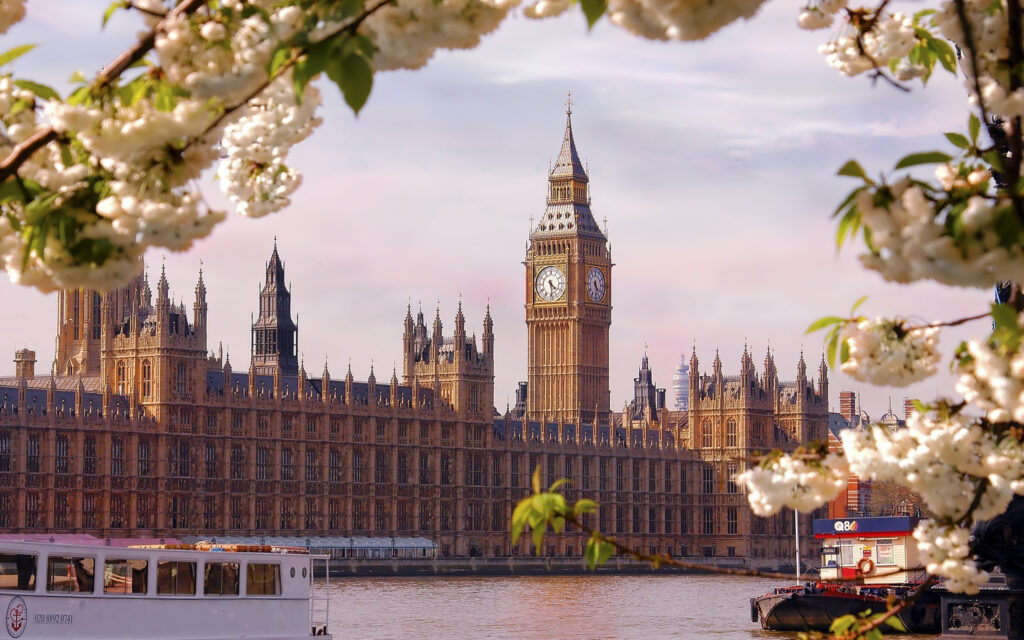Introduction to Connecticut
Connecticut, one of the original thirteen colonies, is located in the northeastern United States. Known as the “Constitution State,” Connecticut boasts a rich history, diverse geography, and a robust economy. This comprehensive guide delves into various aspects of Connecticut, providing detailed information about its geography, major cities, historical significance, economy, cultural attractions, and more.
Geography of Connecticut
Connecticut is part of the New England region and is bordered by New York to the west, Massachusetts to the north, Rhode Island to the east, and the Long Island Sound to the south. The state covers an area of approximately 5,567 square miles, making it one of the smallest states in the U.S. Despite its size, Connecticut features a diverse landscape that includes coastal regions, rolling hills, and forested areas.
Topographical Features
- Coastal Lowlands: The southern part of Connecticut along the Long Island Sound is characterized by flat, sandy shores and tidal marshes.
- Central Lowlands: This area features rolling hills, river valleys, and fertile farmlands.
- Western Uplands: The northwest region is marked by the Litchfield Hills, which are part of the Appalachian Mountains, offering rugged terrain and scenic views.
- Eastern Highlands: The eastern part of the state is hilly and forested, contributing to Connecticut’s natural beauty.
Major Rivers and Lakes
- Connecticut River: The longest river in New England, it flows southward through the center of the state, providing vital resources for agriculture and recreation.
- Thames River: Flowing into the Long Island Sound, this river has historically been significant for trade and industry.
- Housatonic River: Located in western Connecticut, it is known for its picturesque scenery and opportunities for outdoor activities.
- Candlewood Lake: The largest lake in Connecticut, it is a popular destination for boating, fishing, and other recreational activities.
Regions and Major Cities
Regions
Connecticut is divided into eight counties, though county governments have been abolished since 1960. The state’s regions are often defined by cultural and economic areas
- Fairfield County: Known for its affluent suburbs and proximity to New York City.
- Hartford County: The central region, including the state capital, Hartford.
- New Haven County: Home to Yale University and a significant cultural hub.
- Litchfield County: Known for its rural charm and scenic landscapes.
- Middlesex County: A mix of coastal towns and inland communities.
- New London County: Featuring coastal cities and maritime heritage.
- Tolland County: A predominantly rural area with a growing suburban population.
- Windham County: Known for its rolling hills and small towns.
Major Cities
- Hartford: The state capital, Hartford, is known for its historic significance and as a center for insurance and finance.
- New Haven: Home to Yale University, New Haven is a cultural and educational hub with a vibrant arts scene.
- Bridgeport: The largest city in Connecticut, Bridgeport is a major industrial and commercial center.
- Stamford: Located in Fairfield County, Stamford is part of the greater New York metropolitan area and known for its corporate headquarters.
- Waterbury: Historically an industrial city, Waterbury has a rich history and is known for its brass production.
Historical Significance
Early History
Native American Inhabitants
Before European settlement, the area now known as Connecticut was inhabited by various Native American tribes, including the Mohegan, Pequot, and Niantic.
Colonial Period
The first European settlers arrived in the early 17th century. Connecticut was established as a colony in 1636 by Thomas Hooker and other Puritans seeking religious freedom.
Revolutionary War and Statehood
Role in the American Revolution
Connecticut played a crucial role in the Revolutionary War, providing supplies and soldiers to the Continental Army. The state earned the nickname “Provisions State” for its contributions.
Statehood
Connecticut became the fifth state to join the Union on January 9, 1788.
Industrial Revolution and Modern Era
- Industrial Growth: In the 19th century, Connecticut became a hub for manufacturing, producing goods such as textiles, firearms, and clocks.
- Modern Developments: Today, Connecticut is known for its diverse economy, cultural institutions, and high quality of life.
Economy and Industries
Connecticut has a robust and diverse economy, with key industries including finance, insurance, manufacturing, and education.
Key Industries
- Finance and Insurance: Hartford is known as the “Insurance Capital of the World,” housing major insurance companies and financial institutions.
- Manufacturing: Connecticut has a strong manufacturing sector, producing aerospace components, submarines, and precision instruments.
- Education and Healthcare: The state is home to prestigious institutions such as Yale University and renowned medical facilities.
- Technology: Connecticut has a growing technology sector, with companies focusing on biotech, IT, and advanced manufacturing.
Economic Challenges
- High Cost of Living: Connecticut is known for its high cost of living, particularly in housing and taxes.
- Economic Disparities: There are significant economic disparities between the affluent coastal regions and the more rural inland areas.
Cultural and Natural Attractions
Connecticut offers a rich cultural scene and numerous natural attractions.
Cultural Landmarks
Yale University
Located in New Haven, Yale is one of the oldest and most prestigious universities in the United States, with numerous museums and cultural institutions.
Mark Twain House
Located in Hartford, the home of the famous author is a National Historic Landmark and museum.
Mystic Seaport
A living history museum in Mystic, it showcases the maritime heritage of New England.
Natural Wonders
Connecticut Shoreline
The coastline along the Long Island Sound features beautiful beaches, state parks, and charming seaside towns.
Appalachian Trail
The famous trail passes through the northwest corner of the state, offering hiking opportunities with scenic views.
State Parks and Forests
Connecticut has numerous state parks and forests, including Sleeping Giant State Park and Pachaug State Forest, providing outdoor recreation opportunities.
Fun and Interesting Facts
First Constitution
Connecticut is known as the “Constitution State” because it adopted the Fundamental Orders in 1639, considered the first written constitution in America.
Invention Hub
The state has been a center for innovation, with notable inventions including the first submarine (David Bushnell’s Turtle) and the first American dictionary (Noah Webster).
Historic Towns
Connecticut has the oldest continuously operating ferry service in the U.S. (the Rocky Hill-Glastonbury Ferry) and one of the oldest public libraries (Scoville Memorial Library in Salisbury).
Maps of Connecticut
Maps are essential for understanding the geography and layout of Connecticut. Here are a few types of maps that provide different perspectives on the state:
Political Map
A political map of Connecticut shows the boundaries of its eight counties and highlights major cities, including the state capital, Hartford.
Physical Map
A physical map emphasizes the geographical features of Connecticut, including mountain ranges, rivers, and lakes.
Tourist Map
A tourist map highlights key attractions, such as historical sites, state parks, and cultural landmarks.
Connecticut is known as the “Constitution State” because it adopted the Fundamental Orders in 1639, considered the first written constitution in America. The state is home to the oldest continuously operating ferry service in the U.S., the Rocky Hill-Glastonbury Ferry. Yale University, located in New Haven, is one of the oldest and most prestigious universities in the United States. Connecticut is famous for its vibrant fall foliage, attracting tourists from around the world. The first hamburger in the U.S. is said to have been served at Louis’ Lunch in New Haven.
What type of geography is Connecticut?
Connecticut features a diverse geography, including coastal lowlands, central lowlands with rolling hills, and hilly uplands in the western and eastern parts of the state.
When was the Connecticut map made?
The earliest maps of Connecticut were created in the 17th century by European settlers. Modern mapping techniques have since provided detailed and accurate representations of the state’s geography.
What was Connecticut known for?
Historically, Connecticut was known for its significant role in the American Revolution and its thriving industrial sector during the Industrial Revolution. Today, it is known for its finance and insurance industries, prestigious educational institutions, and cultural landmarks.
What is Connecticut’s main nickname?
Connecticut’s main nickname is the “Constitution State.”
Why is it called Connecticut?
The name “Connecticut” is derived from the Native American word “Quinnehtukqut,” meaning “long tidal river” or “upon the long river,” referring to the Connecticut River.
Why is Connecticut special?
Connecticut is special for its rich history, being one of the original thirteen colonies, and its significant contributions to American culture, industry, and education. The state offers a blend of historical sites, cultural institutions, and natural beauty.
What kind of state is Connecticut?
Connecticut is a northeastern state in the U.S., characterized by its diverse economy, high quality of life, and blend of urban and rural areas. It is a democratic state with a strong emphasis on education and innovation.
What is the climate of Connecticut?
Connecticut has a humid continental climate, with cold winters, warm summers, and moderate rainfall throughout the year. The coastal areas experience milder winters and cooler summers compared to the inland regions.
What is the state tree of Connecticut?
The state tree of Connecticut is the Charter Oak, a historic white oak tree that symbolized American independence and freedom.
Conclusion
Connecticut is a state with a rich history, diverse geography, and a vibrant cultural scene. From its early colonial days to its modern status as an economic and educational hub, Connecticut offers a unique blend of historical significance and contemporary relevance. Whether you’re exploring its natural landscapes, visiting its historical landmarks, or enjoying its cultural attractions, Connecticut has something for everyone. This comprehensive guide provides a detailed overview of the state’s geography, major cities, historical background, economy, and more,
- Connecticut Maps & Facts - June 29, 2024
- Rhode Island Maps & Facts - June 28, 2024
- Arkansas Maps & Facts - June 26, 2024





